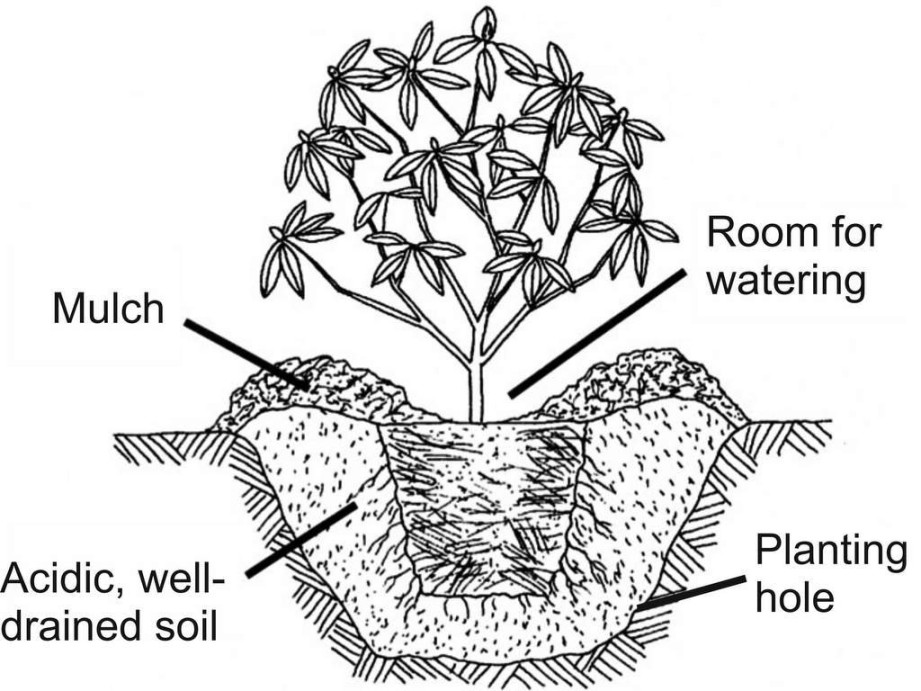Transplanting Rhododendrons: A Guide to Successful Relocation
Rhododendrons, with their vibrant blooms and lush foliage, are prized possessions in many gardens. However, there may come a time when you need to transplant these magnificent plants. Whether it’s to accommodate garden renovations or to improve their growing conditions, successful rhododendron transplantation requires careful planning and execution.
Choosing the Right Time to Transplant
The ideal time to transplant rhododendrons is during their dormant period, typically in late winter or early spring before new growth emerges. This minimizes stress on the plant and increases its chances of survival. Avoid transplanting during hot, dry weather, as this can lead to significant water loss and plant damage.
Preparing the New Planting Site
The new planting site should be well-prepared to provide optimal growing conditions for your rhododendron. Ensure the soil is acidic, well-draining, and rich in organic matter. If the soil is too alkaline, you can amend it with peat moss or sulfur to lower the pH level.
Digging and Lifting the Rhododendron
Dig a wide trench around the base of the rhododendron, taking care not to damage the root ball. Gradually loosen the roots and lift the plant from the ground. If the root ball is dry, water it thoroughly before lifting.
Planting the Rhododendron
Dig a planting hole that is slightly wider and deeper than the root ball. Place the rhododendron in the hole, ensuring it is planted at the same depth as it was previously. Backfill the hole with the prepared soil, gently firming it around the roots.
Watering and Mulching
After planting, water the rhododendron thoroughly to settle the soil around the roots. Apply a thick layer of mulch, such as pine needles or wood chips, to help retain moisture and suppress weed growth.
Providing Adequate Water and Shade
Newly transplanted rhododendrons require regular watering, especially during dry periods. However, avoid overwatering, as this can lead to root rot. Additionally, provide some shade, particularly during the hottest part of the day, to protect the plant from excessive sun stress.
Fertilizing
Fertilize your transplanted rhododendron with a slow-release, acid-forming fertilizer in early spring. Avoid using high-nitrogen fertilizers, as they can damage the plant.
Monitoring and Maintenance
Keep a close eye on your transplanted rhododendron in the weeks and months following the move. Monitor for signs of stress, such as wilting or yellowing leaves. If necessary, provide additional water or shade.
Conclusion
Transplanting rhododendrons can be a rewarding experience, but it requires careful attention to detail. By following these guidelines, you can successfully relocate your prized plants and ensure their continued beauty and health.

